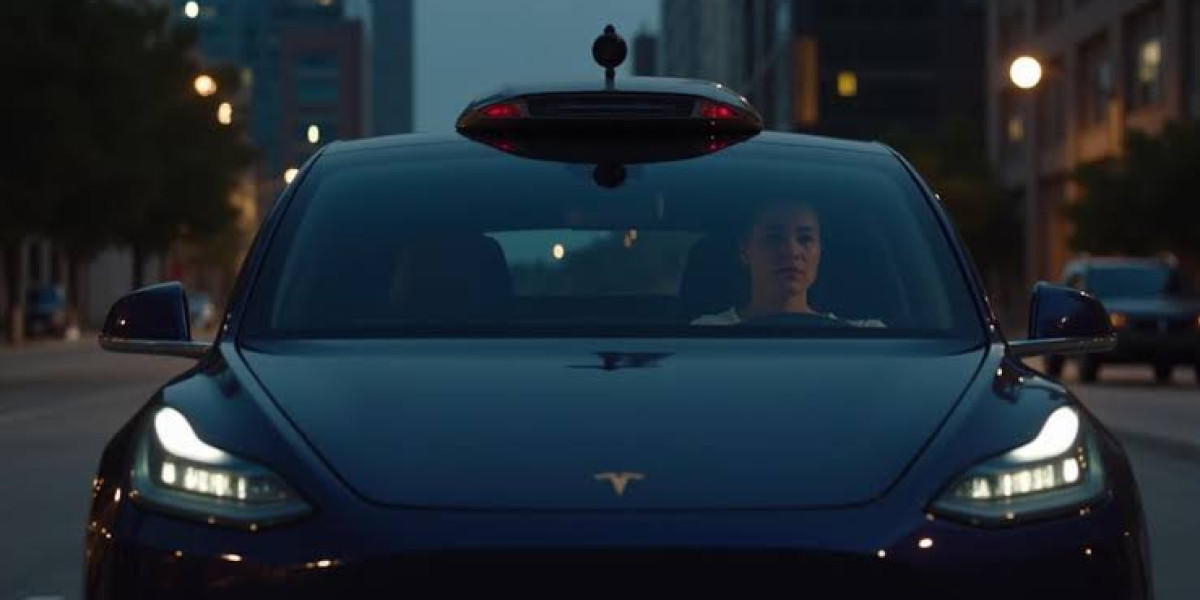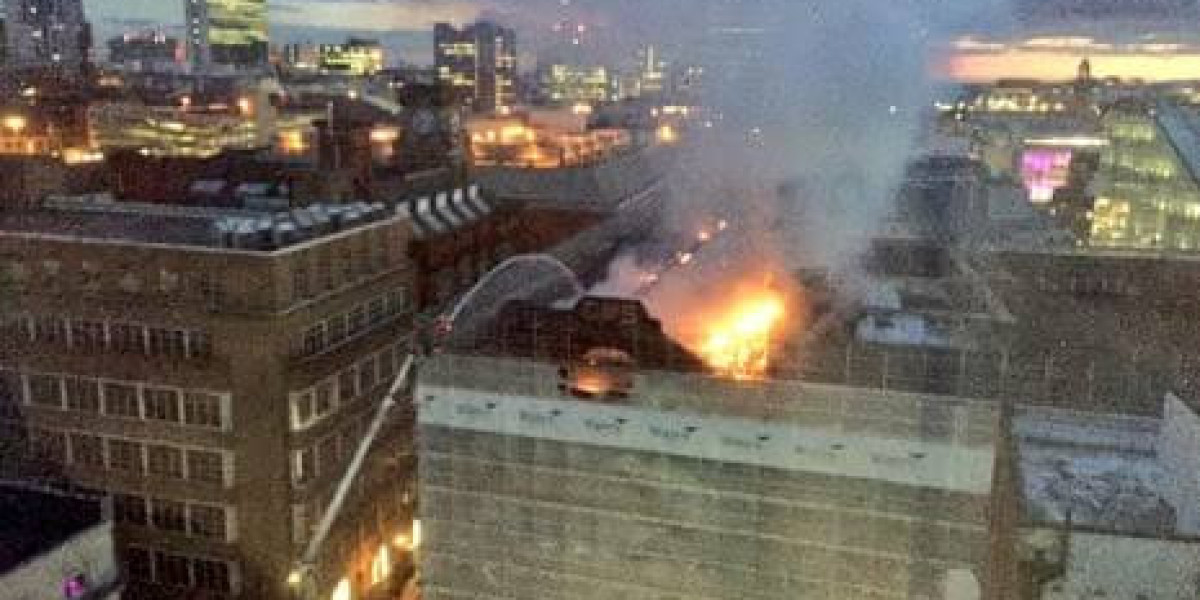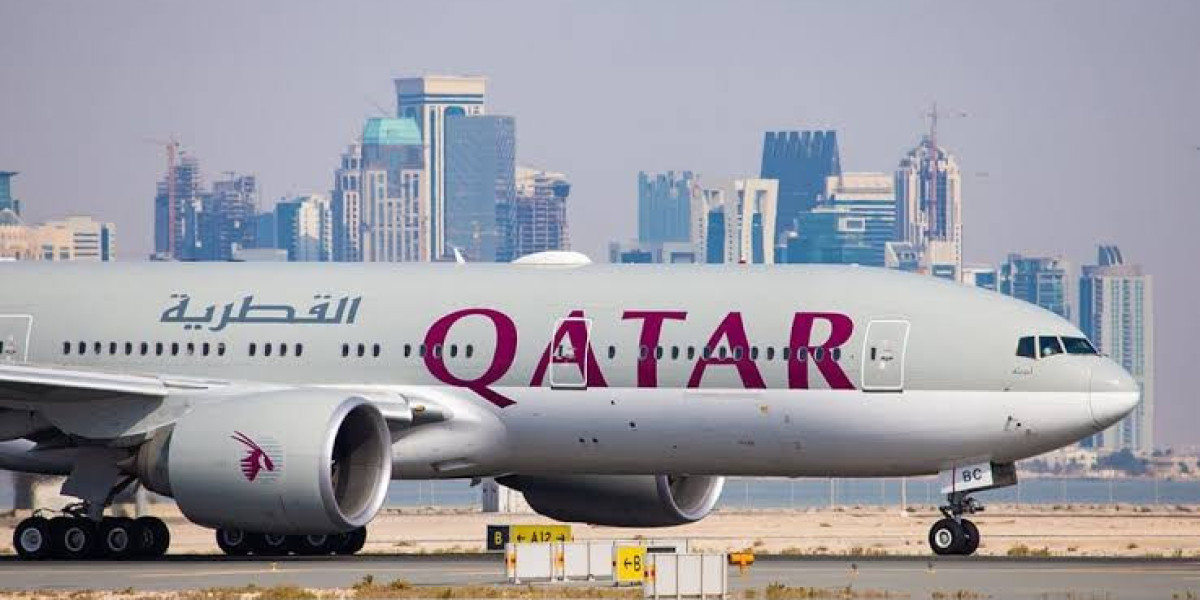Tesla's (TSLA) stock is a tale of two narratives this week. The much-anticipated launch of its robotaxi service in Austin, Texas, has generated significant buzz and a speculative flurry among investors. However, this futuristic leap is set against a backdrop of mounting concerns over vehicle delivery volumes and intensifying competition in the electric vehicle (EV) market.
The robotaxi service, which debuted in a limited capacity in Austin, is being closely watched as a potential new frontier for the company. Early reports indicate a small fleet of Tesla vehicles are now operating autonomously within a geofenced area of the city. While the initial rollout is restricted, the move has been hailed by some analysts as a pivotal moment. Wedbush analyst Dan Ives has been particularly bullish, suggesting the robotaxi venture could be a key driver for future growth.
However, the excitement surrounding autonomous driving is tempered by the more immediate reality of Tesla's core business: selling cars. Analyst consensus for the second quarter of 2025 points to vehicle delivery figures in the range of 358,000 to 360,000 units. While a substantial number, this represents a year-over-year decline and has led to a more cautious outlook from some market observers. Barclays, for instance, has reiterated its concerns about the company's near-term delivery performance.
Adding to the pressure is the increasingly crowded EV landscape. While Tesla has long been the dominant force, legacy automakers and new EV-pure-play companies are aggressively vying for market share. General Motors (GM) has been noted for its significant strides in the EV sector, with a growing lineup of electric vehicles. Across the Pacific, Chinese manufacturer BYD continues to be a formidable competitor, not only in its domestic market but also with its expanding global presence.
In other recent developments, reports have surfaced about a planned temporary production halt at Tesla's Gigafactory in Texas. While the company has not officially commented on the reasons for the stoppage, such pauses can impact production targets. On a smaller scale, Tesla has also introduced a new windshield protection plan for its customers, a minor but notable addition to its service offerings.
The confluence of these factors paints a complex picture for Tesla investors. The promise of a high-margin, autonomous ride-hailing network offers a tantalizing glimpse into a potential future. Yet, the present challenges of maintaining its lead in a fiercely competitive market and meeting ambitious delivery expectations remain at the forefront. The coming weeks will be crucial in determining whether the robotaxi hype can translate into sustained momentum for the stock or if the more immediate headwinds will dictate its trajectory.










